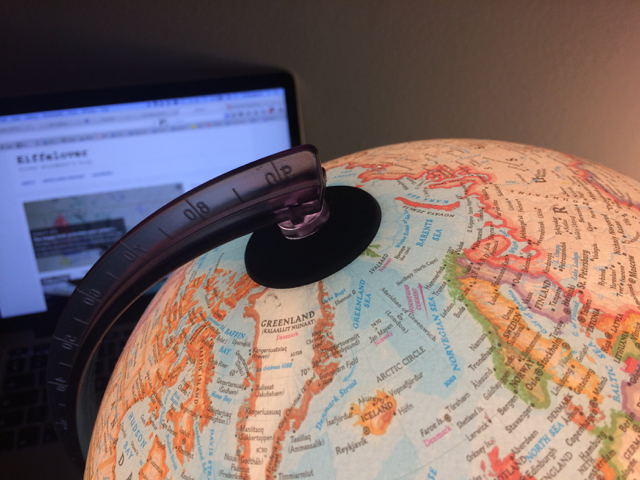Photographer and photojournalist Nick Cobbing talks about photographing the Arctic, what happens to photographic equipment at minus 38 degrees, using drones to take photos, the role of the audience in the creative process, being reduced to tears by the beauty of the planet, the best places to swing dance north of the Arctic, life hacks for creative people working on their own and whether penguins tango or waltz.
- Listen to it on iTunes
- Stream by clicking here
- Download as an MP3 by right-clicking here and choosing “save as.”
Show notes
Before you read any further you have to check out Nick’s website, his work is jaw-droppingly beautiful.
Engineering
- 00:56 – Engineering starts with the physical world
- 00:012 – Nick takes pictures about climate change and the scientists doing experiments that bring back data that tells us why we have climate change.
- 1:43 – View of the world from the north – link to file
- 1:59 Svelbard archepelego
- 2:12 Tromso
- 3:50 One of the reasons that we know about glacial regression is by satellite photography.
- 5:50 There are lots immediately visible experiential aspects to climate change.
- 6:00 The key to understanding all of this is separating what are the ‘normal’ changes or movement and what are the recent introduced quite extreme changes to the environments.
- 7:00 How to approach an iceberg.
- 8:30 The gear you need to take photos in the cold
- 9:40 Minus 37, that’s when the equipment goes wrong, things become brittle and cables snap.
- 11:40 Using drones to take photos.
Creativity
- 13:33 Your creativity has to stay one step ahead of the technology. One day you might have an idea, and then the next you find that the new technology stripped of its uniqueness.
- 14:00 The [technological] tools raise the bar for everybody, and whether we like it or not it is a competitive environment.
- 16:30 In some photographic competitions, we can’t digitally manipulate photos beyond what would have been possible with film.
- 18:06 – Czikzmentsihi creative systems model – see my previous blog post on this.
- 19:17 – The role of the audience in creativity. In art [as opposed to photo journalism] good art would be a bit more pushy and say let’s challenge the audience, may the audience won’t get this right now, maybe they’ll walk away confused. [The role of the audience] in photography is different depending on what kind of photographer we are.
- 20:40 – The role of other people’s work in creativity. Most photographers look at each other’s work, not least to know what we can’t repeat.
- 22:23 Inspirations – I’m taking inspiration from so many places around me. For instance, humour. Maybe it comes from being a Londoner in the Arctic.
- 23:38 – Space to let your passive brain process ideas.
- 24:25 – Dancing requires focused concentration, which can strip back and keep back the excessive thinking for a few hours.
- 25:22 Swing dancing north of the Arctic Circle: on the helicopter deck of a pitching icebreaker with thirty degree rolls, on an iceberg, in a snow drift, in Antartica
- 26:45 Dancing in the wilderness is a very nice way to have time out.
Practical philosophy
- 27:20 It is hard separate the changes [in me] from my work and the change that comes about through ageing.
- 28:00 From the wilderness I got a love for the planet. It can just reduce you to tears.
- 28:40 Life is situational, and it is very easy and quick to get back into the mode of a different landscape. There is a wonderful situational aspect to being human in that we are hardwired to relate to the landscape herein.
- 30:01 Being isolated and alone for too long is distinctly unhealthy. There is a a sweet spot where you can have some great ideas and be really creative but you can overcook that.
- 31:00 I figured out that mornings are the best times for me to work.
- 32:54 What music to listen to at sea.


2 Comments
2 Pingbacks